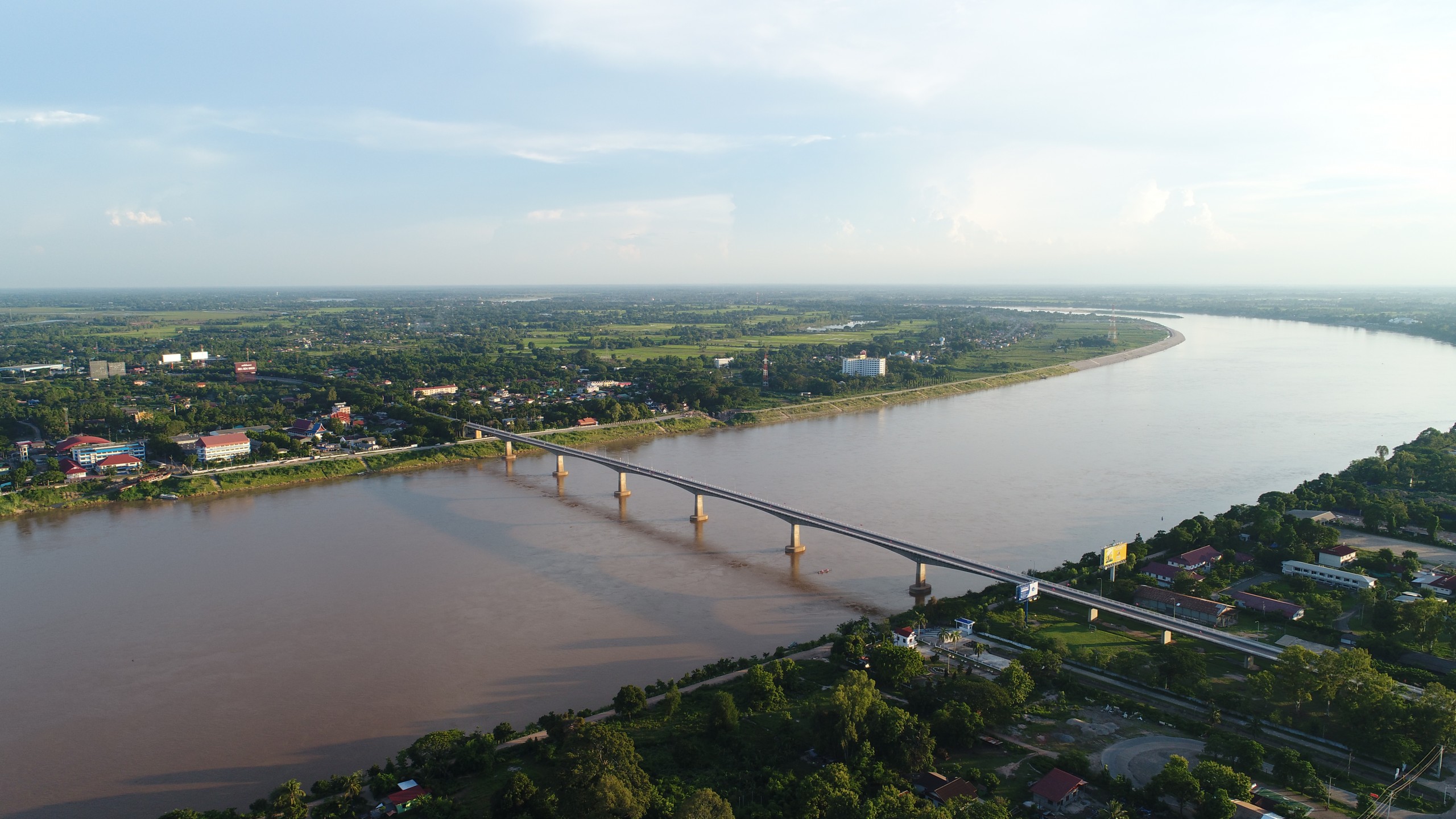
Amid continuing economic uncertainty in the region and globally, Lao PDR’s economy also has to deal with high inflation, growing government debt, deteriorating asset quality and limited fiscal space.
In the context of the myriad challenges faced by the Lao economy, one area that deserves immediate attention is the potential revenue loss resulting from poor recording of trade data, particularly under-reported imports, according to AMRO’s 2022 Annual Consultation Report on Lao PDR.
Lost revenue
There appears to be large discrepancies in trade data between that of Lao PDR and its trading partners, using mirror data—particularly import data from trading partners. In 2019, mirror data obtained from Vietnam, Thailand and China revealed that under-reporting of imports could be as high as 41 percent, 28 percent, and 15 percent, respectively.
These discrepancies in the reported data can provide an estimate of likely revenue losses for the government, which are exacerbating Lao PDR’s weak fiscal position. It is possible that, among countries in general, discrepancies in trade numbers can result from differences in reporting, depending on who bears the cost of insurance and freight, timing, currency conversion or a misclassification of goods. However, in the case of Lao PDR these discrepancies are so large and persistent that they point to structural shortcomings such as tax and tariff evasion and unrecorded or illegal trade.
The likely loss of revenue may come from three revenue sources, namely tariff, excise and value added taxes (VAT). Put together, government revenue foregone in 2019 due to the under-reporting of imports was equivalent to 0.9 percent of GDP—of this, foregone tariffs amounted to 0.05 percent, excise taxes 0.39 percent, and VAT 0.45 percent.
This is particularly an issue with imports from Thailand, Lao PDR’s largest trading partner. Analysis reveals that under-reporting in imports from Thailand is five times greater than the under-reporting in imports from other countries, across a wide range of goods.
Better system, better revenue
The Lao government is mindful of these issues and there are various measures it can take to address the problem and to ensure that revenue losses are stemmed. Given the country is likely to continue becoming more closely integrated with the global economy in the coming years, it is imperative for the government to adopt some or all the measures listed below.
Lao PDR should strengthen its border control and customs systems to support the growth of formal trade flows. There has been some progress made in this respect. While Lao PDR still ranks the lowest across trade facilitation indicators among ASEAN economies, it has shown improvement in 10 of the 11 indicators in 2019 over 2017, most notably in easing documentation burden, streamlining procedures and enhancing the appeals procedures in cases of dispute. However, Lao PDR will need to increase involvement with the trading community and support increased digitalization to allow for better exchange of shipment data and simplification and harmonization of trade documents.
Lao PDR should expand its use of UNCTAD’s Automated System for Customs Data (ASYCUDA) at border checkpoints. At present, the system has been adopted at only a few border checkpoints and airports. Greater use of the system can enhance the efficiency and accuracy of customs procedures and help monitor trade better.
The government should also expand the web platform Lao National Single Window (LNSW) and enhance the integration of the ASCYUDA with the LNSW so there is better coordination between customs and other agencies such as those in charge of plant and animal quarantine, food and drug control and border security. This will also help enhance efficiencies and reduce costs while helping shift tariff and tax payments towards digital payments instead of cash. This must go hand-in-hand with training and capacity building for the endeavor to be effective.
Border cooperation can be improved by integrating the LNSW with the ASEAN Single Window (ASW). The electronic exchange of data will expedite cargo clearance, reduce costs, and increase competitiveness. The adoption of the ASEAN Customs Declaration Document under the ASW also further reduces opportunities for fraud.
This will help expedite the cargo clearance process between neighbouring ASEAN nations. Such reforms will also help increase revenue collection, while lowering the cost of doing business and improving transparency.
There are several examples of countries globally that have benefitted from initiatives geared toward enhancing customs measures and procedures.
For instance, using the ASYCUDA system, Solomon Islands was able to streamline customs processes and bring them in line with international standards, realizing record levels of trade revenue collection amounting to more than SBD 1 billion (USD 126 million) in 2017.
Rwanda was estimated to save USD 18 million in costs and reduced delays by moving to the ASYCUDA computerized customs system from the previous paper-based process, wherein the average time for imported goods to clear customs fell from 264 hours in 2012 to 34 hours in 2015.
Smoother trade route
The pandemic and geopolitical developments are resulting in a reorientation of supply chains and shifts in global manufacturing value chains. Lao PDR is well placed to capitalize on some of these developments particularly as labor costs increase in other parts of Asia.
Introduction of robust and transparent customs systems above must be combined with deepening cooperation with customs agencies in key trading partners so that illegal and under-reported trade can be checked. These measures can help increase transparency and revenue collection, and make trade more seamless, thereby reducing costs.
Beyond the boundaries of trade, they will create greater confidence among businesses and investors in the country, which will hold the economy in good stead as it prepares for the next stage of growth.
